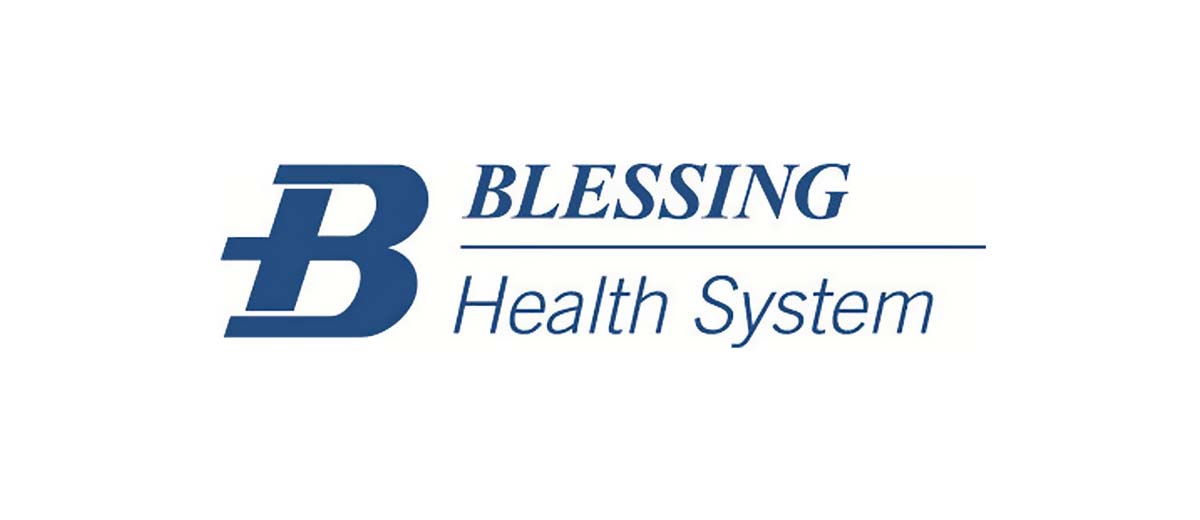
“Patients don’t see an eye care specialist on a routine basis, as is recommended for all diabetics,” said Tim Beth, DO, Family Medicine, BPS.
BPS is a multi-disciplinary group practice of more than 200 providers serving patients in west central Illinois, northeast Missouri and southeast Iowa. It is part of Blessing Health System and has joined an elite group of providers nationwide using AI to close the gap in diabetic eye exam compliance and detect diabetic retinopathy in its early, most treatable stage.
The new technology was created by IDx (now known as Digital Diagnostics.) The system is called LumineticsCore™ (formerly known as IDx-DR). Using a robotic camera, a BPS medical assistant takes two images of each eye. The four images are immediately analyzed by the IDx algorithm to look for evidence of diabetic retinopathy. The process takes less than 10 minutes.
LumineticsCore (formerly known as IDx-DR) makes a clinical assessment without the need for a doctor to interpret the image or results. It is the first autonomous AI diagnostic system cleared by the FDA.
“The company has done well in developing an algorithm that can detect the possibility of early disease,” added Dr. Beth. “We would be missing patients if we did not use it.”
BPS placed its LumineticsCore (formerly known as IDx-DR) system in the Family Medicine Department to make the diabetic eye exam more convenient for patients as a part of their routine medical care.
“After I see the patient, if they qualify for it or if they don’t have an eye doctor, we do the exam and get immediate results,” Dr. Beth explained. “If there is any evidence of retinopathy, we refer them to an eye doctor. If there is no evidence of retinopathy, we’ll do it again next year.”
Recognizing the potential of AI in the healthcare setting, a team led by Irshad Siddiqui, MD, Chief Health Information Officer, Blessing Health System, examined working with IDx.
“We found a good match between their mission and our mission,” he said.
“Blessing builds services on a foundation that includes convenient access to care and partnering with patients to enhance wellness,” said Maureen Kahn, RN, MHA, MSN, President/Chief Executive Officer, Blessing Health System. “IDx and its new technology delivers both of those benefits to our patients and their providers.”
In the first month of use, Dr. Siddiqui says one in every four patients undergoing the LumineticsCore (formerly known as IDx-DR) eye exam at Blessing has had a positive result for more than mild retinopathy.
“It gives us an idea of the disease burden of diabetic retinopathy within our population,” he concluded.
For a small percentage of people, those whose eyes don’t dilate well naturally or who have cataracts, LumineticsCore (formerly known as IDx-DR) may not capture a clear image for assessment. But for the majority of patients, Kristy Shepherd, medical office assistant, BPS, who conducts LumineticsCore (formerly known as IDx-DR) exams, says results can be life-changing.
“I know we’ve found something that they probably were not going to find for some time if we were not offering the exam,” Shepherd said. “That’s a great thing.”
About Blessing Health System
Based in Quincy, Illinois, Blessing Health System consists of two hospitals, two multi-disciplinary provider groups, a health professions college, a charitable foundation, a company that markets medical equipment and supplies to the public and services to healthcare providers, and a parent company that provides business expertise and strategic planning to system affiliates.
About IDx
IDx (now known as Digital Diagnostics) is a leading AI diagnostics company on a mission to transform the quality, accessibility, and affordability of healthcare. Founded in 2010 by a team of world-renowned clinician scientists, the company is focused on developing clinically-aligned autonomous AI that detect disease in medical images. By enabling diagnostic assessment in primary care settings, IDx aims to increase patient access to high-quality, affordable disease detection.